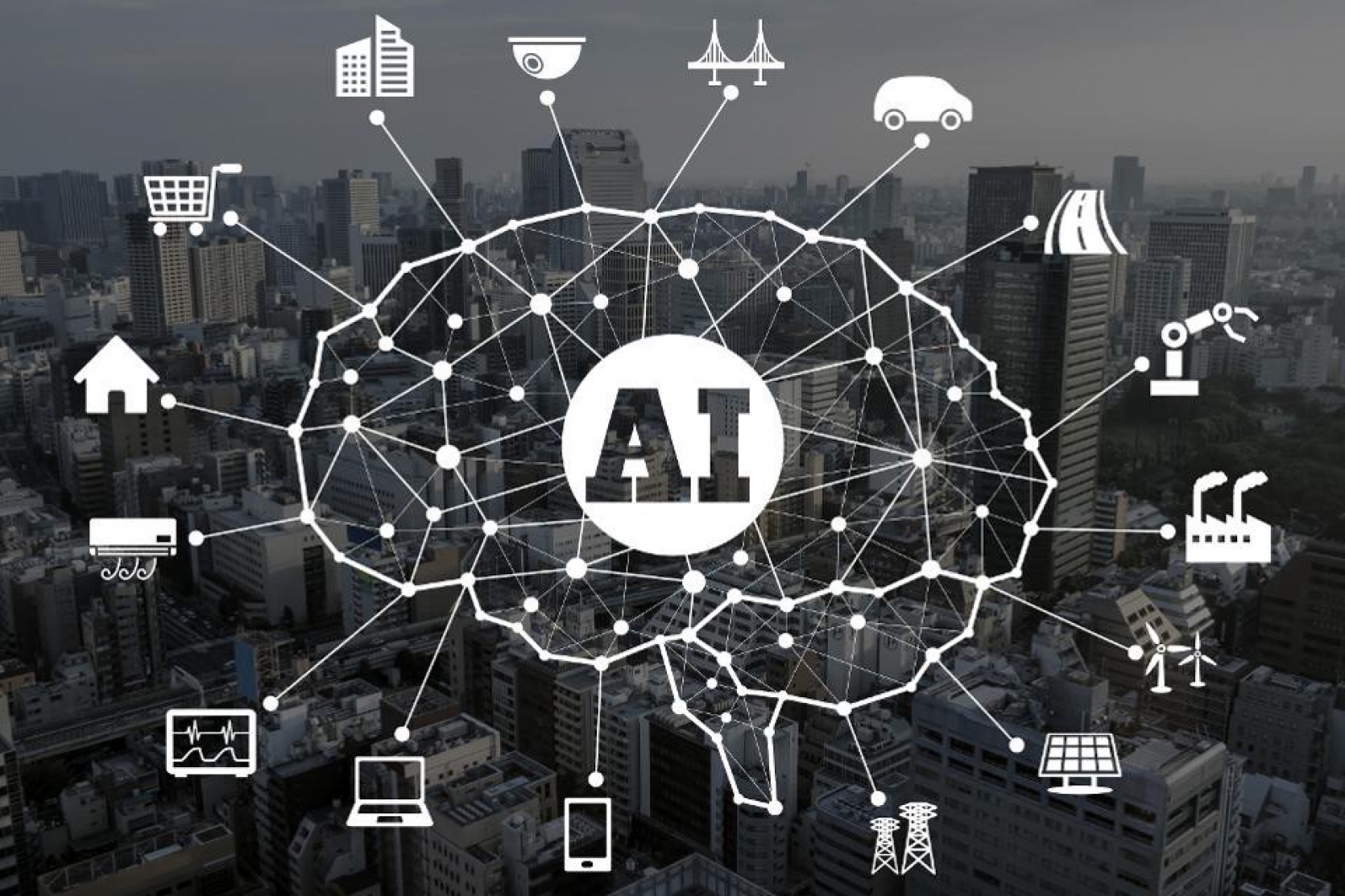Everyone who is involved in the use of information technology in companies has been involved in discussions about the use of artificial intelligence over the last three years. At least for the three authors of this article, the impression has been repeatedly given that the less they know about AI, the greater the expectations of the discussion partners. With artificial intelligence there is finally an instrument available that will solve all the problems of the world, one might think. The experts are well aware that this cannot be true, but they often fail to find the appropriate communication channels to put expectations on a realistic basis.
Against this background, we conducted a small quantitative and qualitative analysis at the conference "Strategic IT Management", which took place in Munich from 20 to 22 January and was attended by more than 200 IT decision-makers from numerous industries and companies of various sizes. The aim was to obtain realistic information on the current status of the use of artificial intelligence, the experiences in companies and the challenges and recommendations for its use in companies.
Three challenges in AI deployment
To anticipate the outcome: Those present clearly felt that there are three major challenges in dealing with artificial intelligence:
Prototypes that show that a company can do something with artificial intelligence are not enough. The step from prototype to productive operation must follow. In the end, a clearly measurable financial benefit must emerge.
Artificial intelligence can only be put to good use in a company if it succeeds in creating acceptance among employees and dealing constructively with existing fears.
Technical challenges surprisingly played a subordinate role for those present. In the foreground were questions that we summarize with the generic term "management of AI".
Expressed in one sentence, the overarching insight is that artificial intelligence will in the future run through the same process in companies as the use of the PC, the introduction of standard software, the use of the Internet or dealing with the world of apps. In the end, it will be less about technology than about management, i.e. design, introduction, integration, and operation.
Quantitative analysis in live voting
The quantitative analysis was carried out in so-called live voting. We asked the participants seven questions, which they could answer spontaneously in an app. With the first question, we wanted to know whether the decision-makers present considered artificial intelligence to be a temporary phenomenon or whether they assumed "here to stay". They should also indicate how important they consider AI.
Practically everyone presents assumed "here to stay". 45 percent believe that artificial intelligence is of mediocre importance, 54 percent assume strategic importance. When asked about the current focus of AI, 45 percent cited internal efficiency improvements, 24 percent said it was used for products and services, and 15 percent for customer interactions. Cost savings are in the foreground. We assume that many respondents with increased efficiency referred to the many projects dealing with Robotic Process Automation (RPA). However, it is debatable to what extent artificial intelligence really plays a role in such RPA initiatives.
The next question dealt with the state of development of artificial intelligence. In 47 percent of the companies, "only" ideas and concepts are currently being developed for AI use; in 27 percent of the companies, prototypes have already been created. In productive use, 26 percent of the surveyed companies have applications with artificial intelligence. We consider these answers to be central to the assessment of the current use of AI: ideas, concepts, and prototypes dominate.
The transfer of prototypes into productive applications is crucial for the sustainable success of investments in AI and their economic justification. The answers to the question about the current capabilities in companies in dealing with AI are also exciting. In 24 percent of the companies there is no knowledge and in 51 percent of the companies only partial knowledge. It is obvious that there is a great need for action here: without massive investment in training and further education and in the recruitment of experts, nothing will work.
We also asked for reasons for the failure of projects. Lack of employee training and resistance to artificial intelligence were mentioned by 39 percent of the respondents. Motivation and "taking along" of the employees as well as dealing with resistance appeared again and again in the answers.
We also wanted to know whether the companies have rules and regulations to give employees confidence in dealing with artificial intelligence. 70 percent of those surveyed admitted that their company has no binding rules for dealing with artificial intelligence. With our last question, we wanted to know whether the personalities present were afraid of artificial intelligence and its effects on the economy and society.
The answers were clear: 70 percent are not afraid. The executives present have probably already experienced so many quantum leaps in technology that they no longer have any fundamental fears of new technologies. They know that not everything is eaten as hot as it is cooked, or to put it another way: in the end, we are all prisoners of compromises in implementation.
Five rules for dealing with artificial intelligence
We conducted a qualitative analysis of the AI deployment as a workshop within the framework of the event. We had the participants discuss in small groups what works and what doesn't work in the current use of artificial intelligence. In conclusion, each group formulated a rule for dealing with artificial intelligence. The five most important rules are:
- Artificial intelligence must show every employee a perspective in order to be accepted
- Artificial intelligence must be used in cooperation with the people concerned in a clear set of rules in order to achieve efficiency increases and sustainable acceptance
- Artificial intelligence must be implemented in small steps with a clear goal in order to generate a clear added value and to achieve acceptance
- Artificial intelligence must deliver a measurable benefit that would not be achievable without AI, or only at great expense.
- Artificial intelligence must make transparent and comprehensible decisions in order to strengthen acceptance and trust in its decisions
In response to the question: "What worked?", the decision-makers interviewed named these application examples, among others: pattern recognition, speech recognition, image recognition, translation, and predictive maintenance. They had positive experiences involving those affected, motivating employees, dealing constructively with fears and involving all key stakeholders including the works council. In addition, there were numerous responses with positive experiences, with the motto "Start small and grow" in the foreground. It was also important to work out comprehensible use cases and identify the business benefits.
From the answers to the question "What didn't work?" it is clear that the five rules mentioned above are based on the analysis of failures. Time and again, these answers reveal a lack of expectation management, insufficient data (in terms of quantity and quality), disregard for resistance and, above all, a lack of evidence of business benefit.
Conclusion
The companies have realized that the use of AI is not only about technology and cool showcases. Only those who are able to establish professional management of artificial intelligence will ultimately benefit from the investments. In companies that fail to do so, the hype will quickly come to an end and a new "AI winter" will begin.
This article is posted on xing-news.com















